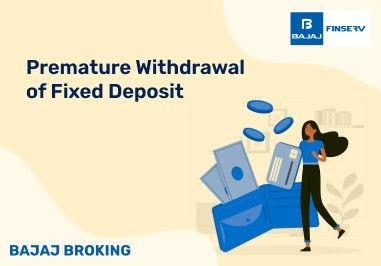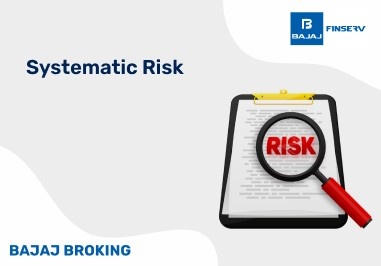BAJAJ BROKING
PDP Shipping & Projects IPO is Open!
Open a Free Demat Account
Trade Now, Pay Later with up to 4x
Track Market Movers Instantly
What is Sunk Cost? - Meaning, Types & Examples
Synopsis:
This article explains sunk costs and how to avoid letting them cloud your judgement, in the world of finance and the stock world. Learn to make rational decisions based on the future, not the past, and break free from the sunk cost fallacy.
Have you ever put all your effort and passion into a project, only to find out it's not going well? Maybe you have spent lots of time and money on a stock that keeps losing value. This is where the idea of sunk cost or retrospective cost becomes important. Knowing the meaning of sunk cost and sunk cost fallacy helps you make good financial choices, not only in the stock market but also in many parts of your life.
Simplifying Sunk Costs
The answer to the question, “What is sunk cost?” was originally answered in economic theory. Sunk cost is money spent in the past that you cannot get back. These costs are already paid, so they should not affect any future decisions because they remain fixed and won't change no matter what actions you take later on.
As an example, think about accidentally dropping your wallet into a drain. The lost money inside the wallet can be seen as a sunk cost. You cannot recover it, regardless of how much you think about it. It is smart to forget and try not to lose your wallet again later on.
Why Sunk Costs Matter
Sunk costs can be a significant mental hurdle, leading to the sunk cost fallacy. This fallacy occurs when people make decisions based on past investments, even if those investments were unwise, rather than focusing on the best course of action for the future.
For example, let us assume that you have invested a large sum of money in a company's stock. Since the purchase, the stock price has plummeted. The initial investment is a sunk cost or retrospective cost. The sunk cost fallacy would lead you to hold onto the stock in the hope that its price will eventually rebound, even if fundamental analysis suggests otherwise. A smarter decision would be to sell the stock at a loss, download the Bajaj Broking app, and reinvest the proceeds elsewhere in the stock market.
Types of Sunk Costs
Sunk costs can be encountered in various situations, and below are some common types:
Financial Investments
This includes stocks, bonds, real estate, or any other investment where the initial cost cannot be retrieved. The focus should be on the investment's current and future potential, not the stock market's past purchase price.
Time Investments
The time that you have already spent conducting thorough research before deciding to invest in a stock is a retrospective cost. If your trade is not working out, you should not feel obligated to continue simply because of the time invested. You must evaluate whether the future benefits outweigh the continued time commitment, and then make a decision according to your objective analysis. The sunk cost fallacy must not influence your decision.
Additional Read: How to Invest in Share Market?
Avoiding the Sunk Cost Fallacy
Here are some strategies to help you avoid the sunk cost fallacy and make rational decisions:
Identify Sunk Costs
You must realise that sometimes, past expenditures cannot be recovered. Separate these from future costs that can be controlled and do not let the sunk cost fallacy influence you while trading in the stock market.
Focus on the Future
Base your decisions on the expected future outcomes, not on justifying past investments. Ask yourself, "Would I make this decision today if I hadn't already invested?" Doing so will allow you to avoid the scenario of colouring your judgement owing to retrospective costs.
Set Clear Goals
Having well-defined goals helps you ensure that your actions are aligned with your desired outcomes, and are not biassed owing to sunk cost.
Disclaimer: Investments in the securities market are subject to market risk, read all related documents carefully before investing.
This content is for educational purposes only. Securities quoted are exemplary and not recommendatory.
For All Disclaimers Click Here: https://bit.ly/3Tcsfuc
Share this article:
Read More Blogs
Our Secure Trading Platforms
Level up your stock market experience: Download the Bajaj Broking App for effortless investing and trading













